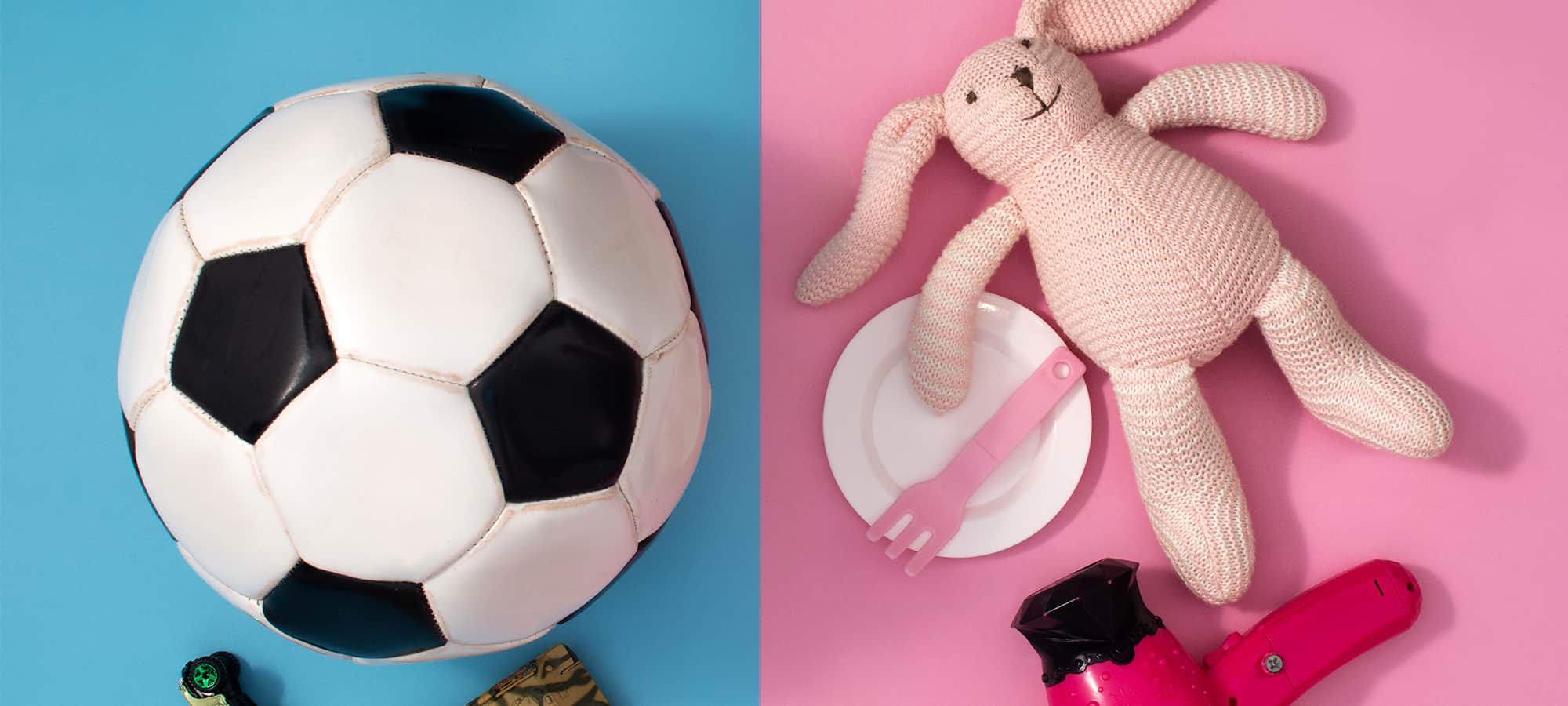As parents it’s important we are mindful of the words we use to speak to our children about themselves and others. Labels and generalisations of groups can influence your child’s thoughts from a young age, even if they do not yet understand the words used.
Hearing positive, negative or neutral generalisations, teaches our kids it’s possible to make assumptions about what someone is like – just by knowing if they’re part of a group. Therefore, children are viewing the world through the lens of social stereotypes. The best way is to use our language carefully to steer their thoughts towards the individual, not the group. If your child says, “Only boys play with cars,” simply ask, “Who are you thinking of?” They will usually have someone in mind. Then you can respond with, “Yes, James plays with cars and so does Isobel.” This reduces stereotyping and helps children view themselves and others as individuals.
Children will also begin to believe the labels people use to describe or categorise them. Labelling a child as ‘difficult’ or ‘different’ can separate them from peers and lead to bullying. The child can develop and make changes, but unfortunately stereotypes and labels can last a lifetime. Research shows people perform worse in tests where there is self-doubt and better when they feel confident, due to preconceived ideas about their abilities.
Aiming to nurture your child’s confidence in discussions around their strengths, weaknesses and identity – without the constraints of labels and stereotypes, will allow for richer relationships and pathways.
Fun Fact
Did you know that before WWI, parents typically dressed boys in pink and girls in blue? Pink was viewed as the stronger and therefore more masculine colour and blue as daintier and more feminine. Because of its closeness to the romantic colour red, pink was later associated with women





